It is said that ghosts or spirits of the dead don’t leave the earth until no one remembers them.
In folklore, a ghost is the soul or spirit of a dead person or non-human animal that is believed to be able to appear in the living.
Descriptions of ghosts vary widely. Sometimes described as an invisible presence, translucent and barely visible wispy shapes having realistic lifelike forms along with solitary human-like essences. Usually composed of a misty, airy, or subtle material.
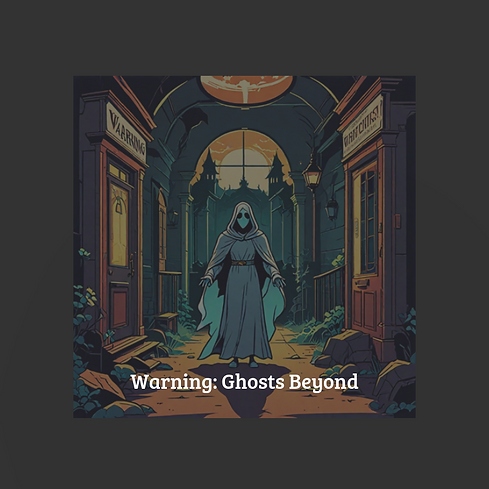
The origin of these descriptions can be traced back to ancient times when a person’s breath appeared to be a white mist, forming the belief that the “soul” is such during colder climates.
Ghosts are ‘souls’ of people who have died and they may not have passed over and continue to ‘be’ where there are strong memories. Religious practices such as funeral rites, exorcisms, and practices of spiritualism and ritual magic that are designed to rest the spirits of the dead are common around the globe.
The fear of ghosts comes from people’s believed malevolent behaviour towards them along with the fear of the dark. Ghosts are often seen as an omen of death.
Ghosts are prominent in storytelling, mostly depicted in themes like funny, horror, or as an omen for oncoming dangers or as warnings.
In English Renaissance theatre, ghosts were often depicted in the garb of the living and even in armor, the armor was out of date by the time of the Renaissance, giving it a sense of antiquity.
In the Victorian period, classic ghost stories were influenced by the gothic fiction tradition and used to contain elements of folklore and psychology.
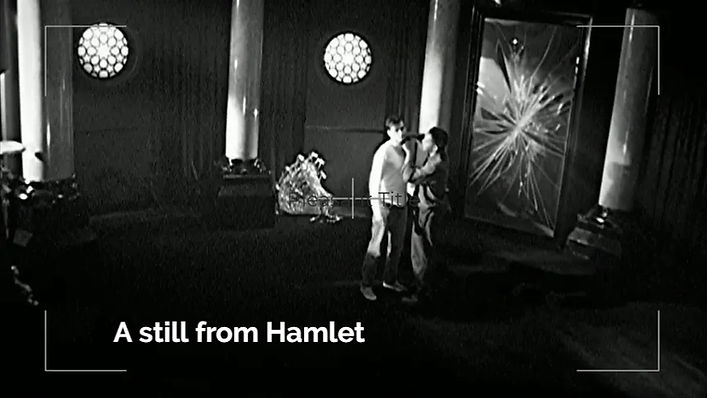
In the modern era with the rise of motion pictures and television, ghost depictions became common and spanned genres, and works of popular authors like Shakespeare, Dickens, and Wilde have all been made into cinematic versions.
//From History
1. Archaic and Classical Greece-
Popular references to ghosts include Homer’s Odyssey and Iliad. The 5th century believed ghosts were haunting and frightening. They were believed to hover near their resting places, hence fear of the cemeteries was born.
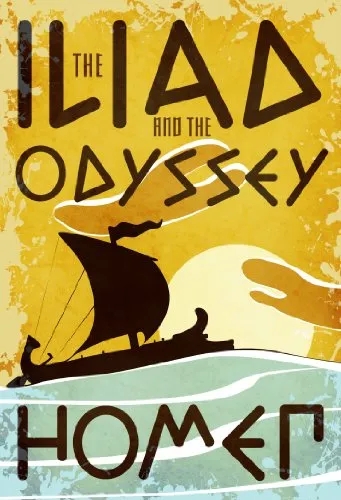
2. Roman Empire and Late Antiquity-
Ancient Romans used to believe that ghosts could be used to exact revenge on an enemy. In the 1st century AD, the baths of Chaeronea were supposedly haunted by the ghost of a murdered man as described by Plutarch. The loud and frightful groans of the ghost led the people to seal the building.
The satirical novel, “The Lover and the Lies”, shows popular classical expectations of how a ghost should look. The first person to display disbelief in ghosts was Lucian of Samosata in the 2nd century AD.
3. Middle Ages-
Ghosts reported in medieval Europe fall under two categories: the souls of the dead and demons. The souls of the dead return for a specific purpose while the demonic ghosts exist only to torment the living.
Ghosts were assigned to purgatory, condemned for a sin they committed during their life.
They were more substantial in descriptions, and there exist accounts of ghosts being wrestled with and physically restrained until a priest would arrive to hear their confession. Otherwise described as paler and sadder versions of themselves in life, dressed in rags and able to move through walls.
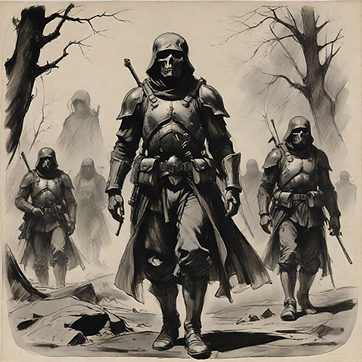
Vast reported sightings were male. Reports of ghostly armies were also found.
4. European Renaissance to Romanticism-
Renaissance magic revived interest in the occult. In the Reformation and Counter-Reformation Era, there was frequently a backlash against unwholesome interest in the dark arts.
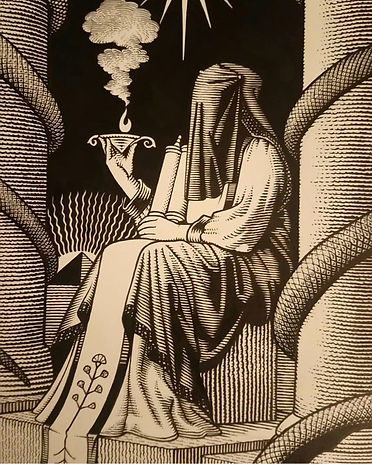
The Child ballad “Sweet William’s Ghost” tells the story of a ghost coming back to his fiancée and begging her to marry him to free him from his promise to marry her. Her refusal would mean his damnation. This led to the popular British belief that the dead haunted their lovers if they took up a new love without any formal release.
“The Quiet Grave” talks about a belief more widespread, found all over Europe: ghosts can stem from the excessive grief of all the living, whose mourning interferes with the dead’s peaceful rest.
5. Modern Period-
a. Spiritualism
Spiritualism is a monotheistic belief system, populating a belief in god, with a distinguishing feature of the belief that spirits of the dead residing in the ‘spirit world’ can be contacted by mediums, who can provide information on the afterlife.
It flourished for half a century, supporting causes such as the abolition of slavery and women’s suffrage. It had no canonical texts or formal organizations up until the late 1880s when its credibility weakened, mainly due to accusations of fraud and formal organizations began to appear. It is currently practiced in various denominational spiritual churches.
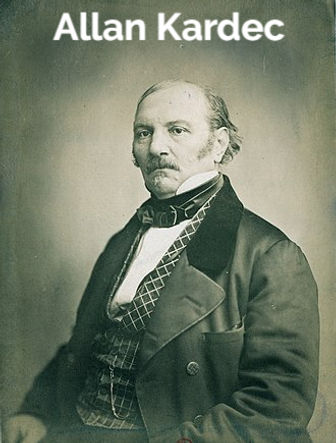
b. Spiritism
or French Spiritualism is based on the books of the ‘spiritist codification’ by educator Hypolite Leon Denizaed Rivali under the pseudonym Allan Kardec reporting a series of phenomena that he attributed to incorporeal intelligence (spirits).
His observation received validation from many contemporaries including scientists and philosophers who attended seances and studied the phenomena.
It has adherents in countries like the United States, Canada, Japan, Germany, England, Argentina, Spain, France, Portugal, and especially Brazil, having the largest number of followers in proportion.
//Scientific View
Physician, John Ferriar in his “An Essay Towards a Theory of Apparitions” in 1813 argued the sightings of ghosts were just the result of an optical illusion. French physician, Alexandre Jacques Francois Briere de Boismont, later published “On Hallucinations: Or, the Rational History of Apparitions, Dreams, Ecstasy, Magnetism, and Somnambulism” in 1845 where he claimed the sightings of ghosts were the result of hallucinations.
Joe Nickell from the Committee for Skeptical Inquiry suggested that “Science cannot substantiate the existence of a ‘life energy’ that could survive death without dissipating or function at all without a brain., why would clothes survive?”. He asks, “If ghosts glide, then why do people claim to hear them with ‘heavy footfalls’?”.
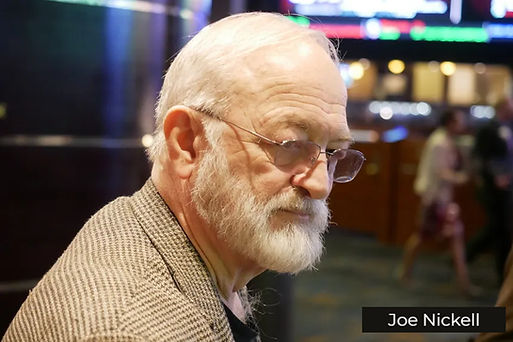
Nickel says that ghosts act the same way as “dreams, memories, and imaginings because they are too mental creations. They are evidence- not of another world, but of this real and natural one.
Benjamin Radford from the committee and author of the book, “Investigating Ghosts: The Scientific Search for Spirits” writes that “ghost hunting is the world’s most popular paranormal pursuit” yet, till today, hunters cannot agree on what a ghost is, or offer proof that they exist; “its all speculation and guesswork”. He says that, “useful and important to distinguish between types of spirits and apparitions. Until then it is merely a parlor game distracting amateur ghost hunters from the task at hand”
Examples include changes in air pressure in a house that can cause doors to slam, changes in humidity that cause boards to creak, condensation in electrical connections causing intermittent behavior, or lights from a passing car reflected through a window at night.
Pareidolia is an innate tendency to recognize patterns in random perceptions, which is what some skeptics believe causes people to believe that they have ‘seen ghosts’
People who experience sleep paralysis have often reported seeing ghosts during their experiences. Neuroscientists Baland Jalal and V.S. Ramachandran have proposed neurological theories for why people hallucinate ghosts during sleep paralysis. They emphasize the role of the parietal lobe and mirror neurons in triggering such ghostly hallucinations.
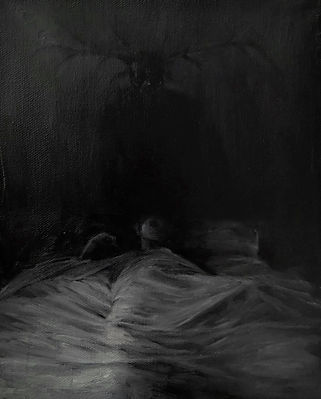
Sound is also concluded to be another cause of supposed sightings. Richard Lord and Richard Wiseman concluded that infrasound can cause humans to experience bizarre feelings in a room, such as anxiety, extreme sorrow, the feeling of being watched, or even the chills.
Carbon monoxide poisoning, which can cause changes in perception of the visual and auditory systems, was speculated upon as a possible explanation for haunted houses from 1921
In recent times, research suggests that ghost sightings may be related to degenerative brain diseases like Alzheimer’s. Some common prescription medicines also have the rare side effect of hallucinations.
//End
Humans are both curious and scared of the things they do not understand. Many natural phenomena we know today because of science have been ‘forces of god or other mighty powers’ for the people before us. But there are certain things even science cannot answer, ghosts have remained a mystery of this universe since the beginning of civilized life.
Nations, states, regions and towns all have evolved at their own whims, hence popular opinion remains divided.
Recent Posts
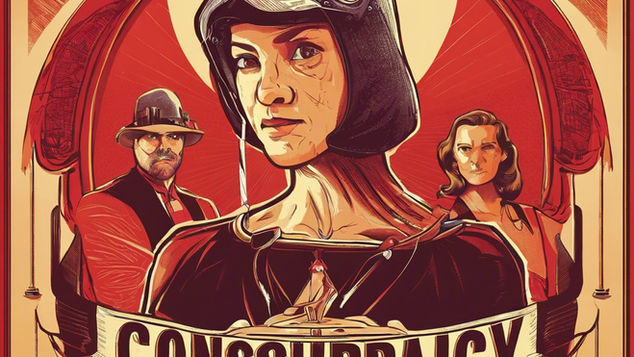
Picking at Conspiracy Theories.
Comments
Write a comment…
Leave a comment